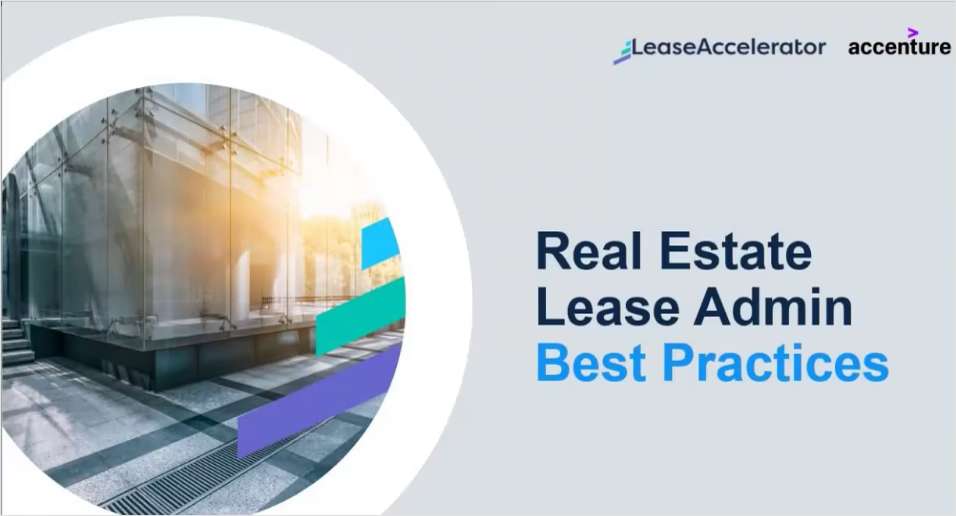(Crystal Proenza is associate editor of Real Estate Florida.)
Florida has some catching up to do in the movement toward greening its largest office buildings, yet the effort is being stepped up in its biggest and best-recognized global business market—Downtown Miami.
Developers are cognizant of, and often cite, the following numbers from the US Green Building Council: 72% of electricity consumption, 39% of energy use and 38% of all carbon dioxide emissions come from buildings. So even though not one Downtown Miami building has been awarded an official Leadership in Energy and Environmental Design certification, four major office projects under construction in the heart of the city have announced plans to build to USGBC standards.
Leading the pack is Rilea Group's 1450 Brickell, a 586,000-square-foot mixed-use project that has recently earned a Gold pre-certification from the USGBC. Alan Ojeda, CEO of Rilea Group, says the building, which features an extensive energy management system and high-impact resistant glass, is on track to become Miami's first Gold-certified class A office tower.
Foram Group's Brickell Financial Centre has also been LEED pre-certified by the USGBC, at the Silver level, but the developer is planning on obtaining Gold, says Rob Hink, immediate past president of USGBC's South Florida chapter and principal of the Spinnaker Group, a sustainable design consulting firm in Weston. Florida East Coast Realty's One Bayfront Plaza, a $1.8-billion Downtown mixed-use project aiming to become the tallest building south of New York City, is also being designed to LEED Gold standards, reveals Hink.
"It's the marketplace that drives the decision" to get certified, says Hink. In the case of MDM's Met 2, a $1-billion two-tower project set to feature 750,000 square feet of class A office and 358 hotel rooms, that's exactly what happened. MDM did not originally have plans to pursue LEED certification, but has since gone back to the drawing board. "Market forces were at work," says Hink. After learning of competitors' plans to "go green," the developer has redesigned the building in order to pursue a LEED Silver certification.
Owners and managers of existing buildings are paying close attention to the race for energy efficiency, making sure they're not falling behind in a competition for tenants seeking green elements. Wealth Capital Management's 600,000-square-foot Bank of America Tower at International Place has recently taken the steps to earn the US Environmental Protection Agency's Energy Star designation for 2008. The building has adopted several green cleaning practices, employed green extermination services and has adopted a new recycling program.
The cost for the changes made to the existing building? "Not a dime more than the old practices," says Vincent Croce, senior property manager for Wealth Capital. Only the recycling program required some upfront costs that paid for themselves in less than 18 months and the program now saving the building money, he reports. A lighting retrofit throughout the building was also a big part of earning Energy Star status and making the building more efficient.
"When you translate the word efficient, it means you save dollars," says Ojeda. Cost savings is the primary reason for "going green," building owners agree. The next most important reason is to meet the heightened awareness of tenants, says Cushman & Wakefield's Don Cartwright, director of leasing for the 1.1 million-square-foot Wachovia Financial Center. He says the Downtown building has always been "green" and has earned the Energy Star Rating every year since 2002, but now aims to go the extra step to obtain a LEED Existing Buildings certification.
"We feel confident we can get certified within a year," Cartwright says. Even more Downtown buildings will likely follow suit, but if they wait too long they may not be given the option to choose to retrofit, but be forced by law.
Mayor Manny Diaz has set the stage for building owners to take on energy efficiency in Downtown Miami, advocating new planning codes such as Miami 21 which, if passed, would require any building over 50,000 square feet to obtain at least LEED Silver certification. Codes requiring existing buildings to become more energy efficient would only naturally be next in line. "Green and alternative concepts are here to stay," confirms Ojeda.
Despite the giant leaps Downtown Miami is taking to join the green movement, Hink says Florida as a whole still lags behind places like the West Coast, where sustainability has been considered a priority for far longer. "We've just started to take strides in the last three years," he says. "We've got a ways to go."
Want to continue reading?
Become a Free ALM Digital Reader.
Once you are an ALM Digital Member, you’ll receive:
- Breaking commercial real estate news and analysis, on-site and via our newsletters and custom alerts
- Educational webcasts, white papers, and ebooks from industry thought leaders
- Critical coverage of the property casualty insurance and financial advisory markets on our other ALM sites, PropertyCasualty360 and ThinkAdvisor
Already have an account? Sign In Now
*May exclude premium content© 2024 ALM Global, LLC, All Rights Reserved. Request academic re-use from www.copyright.com. All other uses, submit a request to [email protected]. For more information visit Asset & Logo Licensing.








